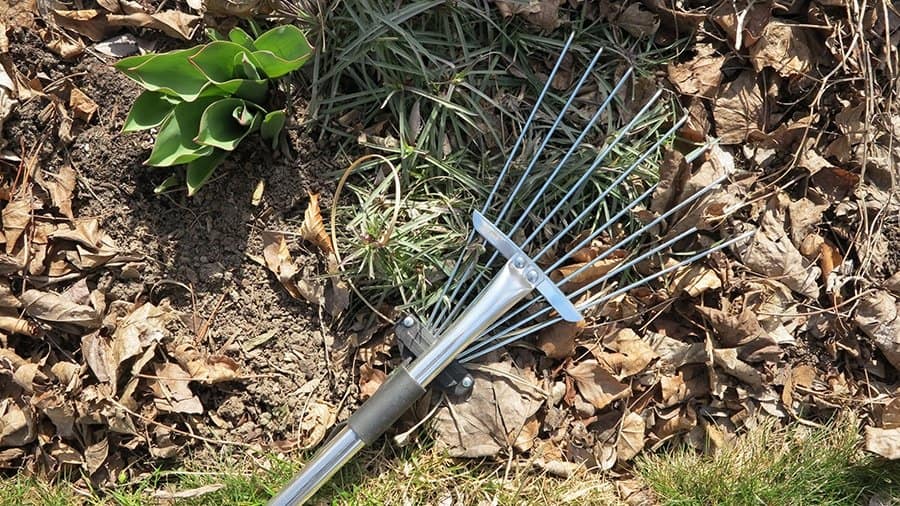
Even if patches of snow and ice still linger, the early spring garden demands attention. There are ornamental grasses to be cut down and a winter’s worth of tree twigs littering the lawn. The hellebore flower buds are rapidly reaching up for light, but their foliage is lying in brown tatters and needs to be cut back. Very soon the lawn will be firm enough for a good raking, which will mean piles of leaves, bits of dead grass and other plant debris.
In my neighbourhood, these early cleanups result in clusters of yard waste bags at the curb, brimming with organic material. And what a shame that is, because it’s throwing away the basic materials a healthy garden thrives on. Dry leaves, conifer needles, small twigs, dead grass blades and just about anything else we can scrape up are potentially useful to feed plants and improve soil texture. These materials should be returned to the soil in one way or another.
Compost bins are the traditional method for recycling organic garden waste, and they produce beautiful finished compost. I’m the sort of lazy gardener who actually failed with bins, probably because I didn’t monitor the process or turn the contents often enough. I just kept stuffing ingredients into the top as the lower levels shrank down and processed themselves. This lasissez faire approach set up the perfect circumstance for wasps to nest in the bin, and that led to quick disaster.
I use a more relaxed composting method — I spread piles of organic waste under large conifers and hedges. This suits my hands-off style, and it’s neat and out of sight. If the spread material will be visible, I quickly cut and chop large pieces so that it will appear like a rough mulch.
It’s amazing and gratifying to see how much organic material is easily absorbed into the soil, just by layering it on the surface. Turning a spade where organic waste has rested for a few seasons reveals friable soil. Whenever I need a wheelbarrow of rich, crumbly soil, I dig it out from these areas.
Recycling yard wastes with this simplified and reasonably discrete method is satisfying, and I’m so pleased to be keeping organic materials in the garden, where they belong.

Hi, I really like your way of saving materials for composting, but have a question. When you pile up the “debris” under trees/hedge, do their roots not grow up into your pile? I am surrounded by large trees, and have this issue. In addition, I have a healthy number of visiting raccoons and skunks — would this not lead to more frequent visits from my animal friends? Thanks. Love all the helpful suggestions.
I, too, have been recycling garden waste for years. I leave cleanup for the spring and then cut all the perennial debris down to 1-2 inch pieces and drop them right back into the garden bed. Once the new growth fills in, you can’t see it at all. In the fall, I topdress with some manure, peat moss and every few years, with more wood chips. I gave up my composting when a family of mice moved in.
Hi Judith. Well, my problem is all mature Maple trees, no coniferous :(…. so, will look for another solution. Will let you know if successful. Thanks so much for your help. Happy gardening this year!